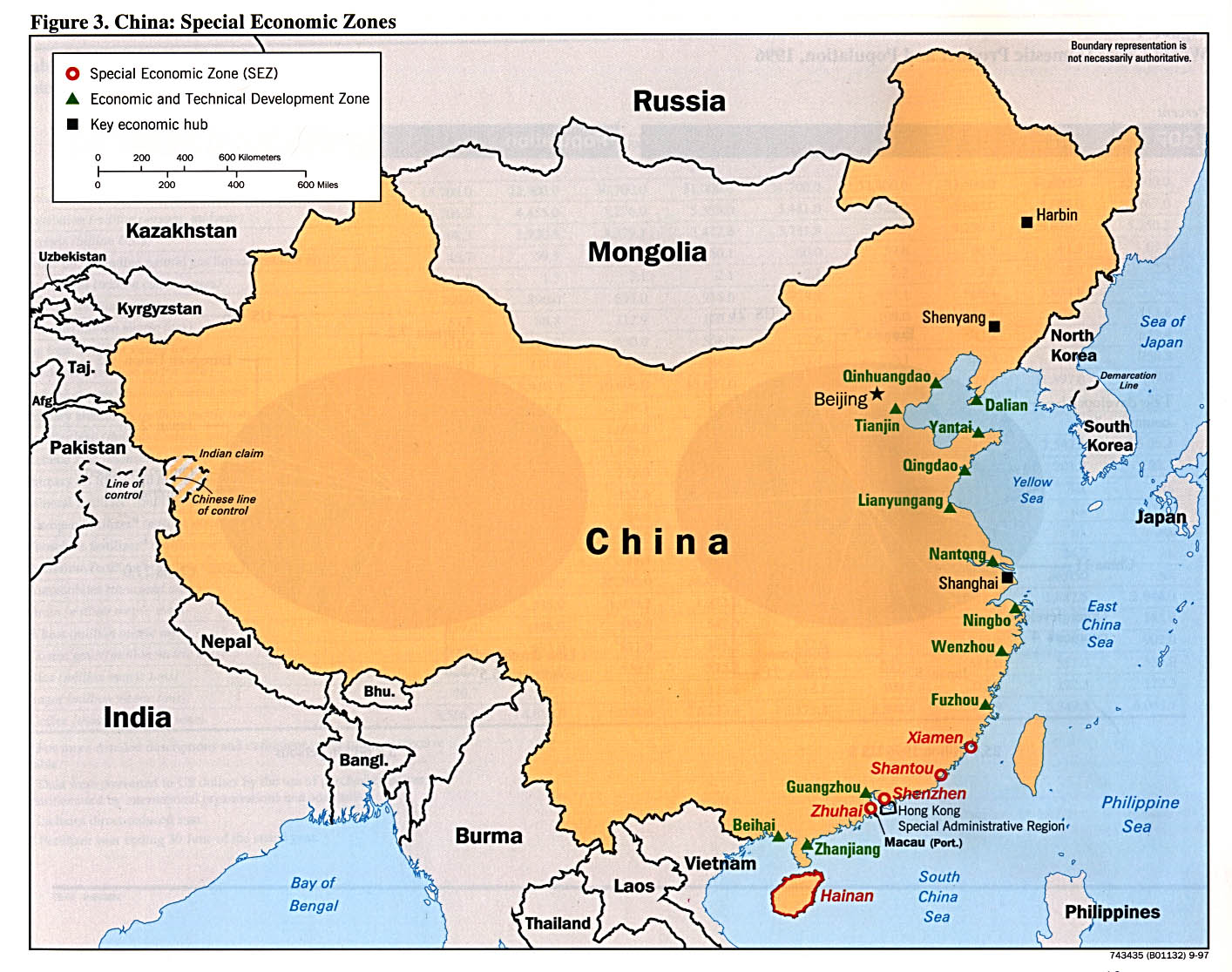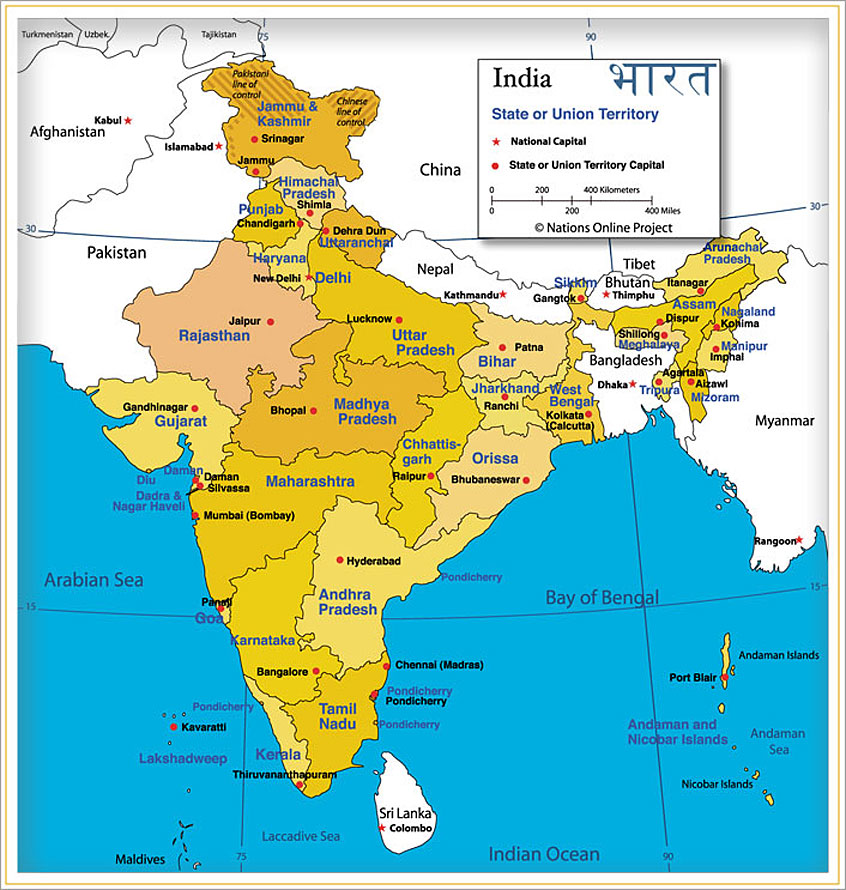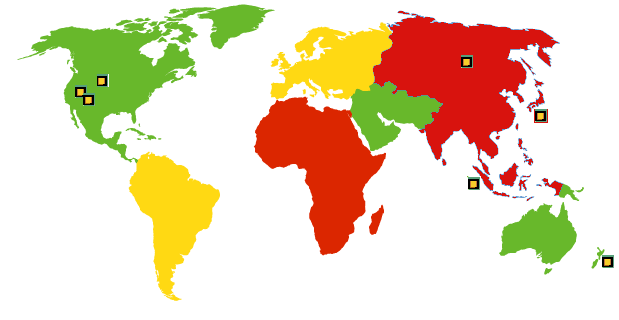China’s One Child Policy
Policy: It officially restricts married, urban couples to
having only one child, while allowing exemptions for several cases, including
twins, rural couples, ethnic minorities, foreigners living in China, the Special Administrative Regions of Hong
Kong and Macau and parents without any siblings themselves. It
is an anti-natilist policy.
 ·
Parents who
have only one child get a "one-child glory certificate," which
entitles them to economic benefits such as an extra month's salary every year
until the child is 14. Among the other benefits for one child families are
higher wages, interest-free loans, retirement funds, cheap fertilizer, better
housing, better health care, and priority in school enrollment.
·
Parents who
have only one child get a "one-child glory certificate," which
entitles them to economic benefits such as an extra month's salary every year
until the child is 14. Among the other benefits for one child families are
higher wages, interest-free loans, retirement funds, cheap fertilizer, better
housing, better health care, and priority in school enrollment.
·
Women who delay
marriage until after they are 25 receive benefits such as an extended maternity
leave when they finally get pregnant.
·
The one-child
program theoretically is voluntary, but the government imposes punishments and
heavy fines on people who don't follow the rules. Parents with extra children
can be fined, depending on the region, from $370 to $12,800 (many times the
average annual income for many ordinary Chinese). If the fine is not paid
sometimes the couple's land is taken away, their house is destroyed, they lose
their jobs or the child is not allowed to attend school.
When: Introduced in
1978 (3 years after Mao’s death) and initially applied to
first-born children from 1979
By Who:
Established
by Chinese leader Deng Xiaoping
Aims:
·
Alleviate social,
economic, and environmental problems in China
· - Control China’s
burgeoning population – It was 940 million in 1976
·
Reduce the
strain on scarce resources
·
After The Three
Years of Great Chinese Famine where
there were at least 45
million premature deaths from 1958 to 1962
Extent of its Success:
·
A spokesperson of
the Committee on the One-Child Policy has said that approximately 35.9% of
China's population is currently subject to the one-child restriction
·
Authorities claim
that the policy has prevented more than 250 million births between 1980 and
2000, and 400 million births from about 1979 to 2011
 ·
This
claim is disputed by two independent scholars, who put the number of prevented
births from 1979 to 2009 at 100 million
·
This
claim is disputed by two independent scholars, who put the number of prevented
births from 1979 to 2009 at 100 million
·
In 1970 the average woman in China had almost six (5.8)
children, now she has about two. The most dramatic changes took place between
1970 and 1980 when the birth rate dropped from 44 per 1000 to 18 per 1,000.
Demographers have stated that the ideal birth rate for China is 1.7 children
per family.
Moral Concerns
and problems: The policy has
been implicated in an increase in forced abortions, female infanticide, and underreporting of female births, and has been
suggested as a possible cause behind China's gender
imbalance. There have been accusations of the policy being enforced by torture and forced sterilization.
 ·
Mothers pregnant with a second child can be
forced to have an abortion, even beyond the point where the foetus is viable,
and can even be during labour
·
Mothers pregnant with a second child can be
forced to have an abortion, even beyond the point where the foetus is viable,
and can even be during labour
·
Parents want a boy as they are seen as
better future earners, and they inherit property (according to archaic
Confucius belief).
·
Many only children are spoilt by parents and
this leads to poor communication and cooperation skills and an increase in type
2 diabetes.
·
If both people in a couple are both single
children this can lead to family arguments as children have historically been caregivers in a country with little social safety
net.
·
Lead to social conflict, high
administrative costs and led indirectly to a long-term gender imbalance at
birth.
·
Couples who flout the rules
face hefty fines, seizure of their property and loss of their jobs.
Policies still
in place:
·
A Chinese government
thinktank is urging the country's leaders to start phasing out its one-child
policy immediately and allow two children for every family by 2015
·
The foundation recommends a
two-child policy in some provinces from this year and a nationwide two-child
policy by 2015. It proposes all birth limits be dropped by 2020
·
Boosting social services for
the elderly
·
Banned sex-selective abortion
and rewarded rural families whose only child is a girl
Sustainibility?:
·
Many demographers argue the
policy has worsened the country's aging crisis by limiting the size of the
young labour pool that must support the large baby boom generation as it
retires.
·
Around 12 years ago, there
were six workers for every retiree. By 2030 it is estimated that there
will be just two workers for every retiree.
·
Increasing number of China's
young adults are having to send their elderly parents to hospices because the
burden of care is too great for just one child
 ·
Contributed to the imbalanced
sex ratio by encouraging families to abort baby girls, preferring to try for a
male heir.
·
Contributed to the imbalanced
sex ratio by encouraging families to abort baby girls, preferring to try for a
male heir.
·
If China sticks to the
one-child policy, we are looking at a situation as bad as the one in southern
Europe. Old people will make up a third of the population by 2050.
·
This policy is not sustainable as it has caused a wide
range of social issues in China, as well as caused a major discrepancy between
the number of boys and girls, leading to fewer couples in the future and
therefore fewer children. The moral issues with this policy are also numerous,
and China may need to change the way it enforces to become accepted by other
countries that it could trade with. It has also created an aging population,
and in the future this could lead to a high dependency ratio, greater number of
illnesses and a higher death rate.






